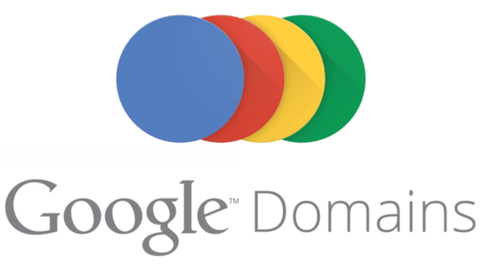Domain registration is the foundational step in establishing your presence on the internet. It’s akin to reserving your unique address in the digital world, making it easy for users to locate and access your website. In essence, a domain name is your web identity, and registering it ensures that you have exclusive rights to that name for a specified period, typically renewable annually. This process is facilitated by domain registrars, organizations accredited by the Internet Corporation for Assigned Names and Numbers (ICANN), which manage and distribute domain names.
Google Registry is Launching a New Top-Level Domain Registration
You can register .ing domains during Google’s early access period. There’s an extra one-time fee, but it decreases daily until December 5th. On that date, at 16:00 UTC (noon ET), .ing domains will be available to the public.
Some of staff at The Verge had some fun experimenting with GoDaddy’s domain search, trying different words to see which .ing domains are available. Surprisingly, some common words ending in -ing can be quite costly. For instance, domains like think.ing and buy.ing come with hefty price tags, at $38,999.99 and $129,999.99 per year, respectively. However, with some exploration, you may come across a few affordable options. Happy hunting for your perfect .ing domain!
Google Registry is in the process of developing a .meme top-level domain. This was disclosed in an August post on Google Registry. Presently, .meme is in a restricted registration phase, in accordance with the schedule outlined in the post. Early access to .meme will become available on November 28th, and from December 5th, individuals will be able to register the domain.
The Importance of Choosing the Right Domain
Selecting the right domain is crucial for your online success. It should ideally reflect your brand, be easy to remember. If possible, it should contain keywords related to your business or content. When registering a domain, you’re essentially creating a user-friendly pathway for visitors to reach your website. The choice of domain extension, such as .com, .org, .net, or newer alternatives like .tech or .store, should align with the nature of your website. Domain registration not only provides you with a unique web address but also serves as the first step toward building your digital identity, enhancing credibility, and expanding your online reach.
How do You Choose the Right Domain Extension for your Website
- Consider Your Website’s Purpose: Determine the primary goal and content of your website. If it’s a business site, a .com domain is often a solid choice. For educational institutions, .edu is fitting, and non-profits can use .org. Match the extension with your website’s intent.
- Think About Your Audience: Consider your target audience’s expectations. If your audience is international, .com is widely recognized. For a local focus, you might opt for a country code domain (e.g., .us for the United States).
- Reflect Your Industry: Some domain extensions are specific to certain industries. For instance, .tech is suitable for technology-related websites, while .food is ideal for culinary sites. Choose an extension that aligns with your industry.
- Check Availability: After brainstorming domain extensions, verify their availability. Use domain registrars or domain search tools to check if your preferred extensions are available. Be prepared with backup options.
- Consider Branding: The domain extension is part of your website’s branding. It should be easy to remember and relate to your content or business. Ensure it is concise and doesn’t create confusion.
By thoughtfully considering these factors, you can select the domain extension that best suits your website’s identity and purpose.
Follow Gizchina.com on Google News for news and updates in the technology sector.
